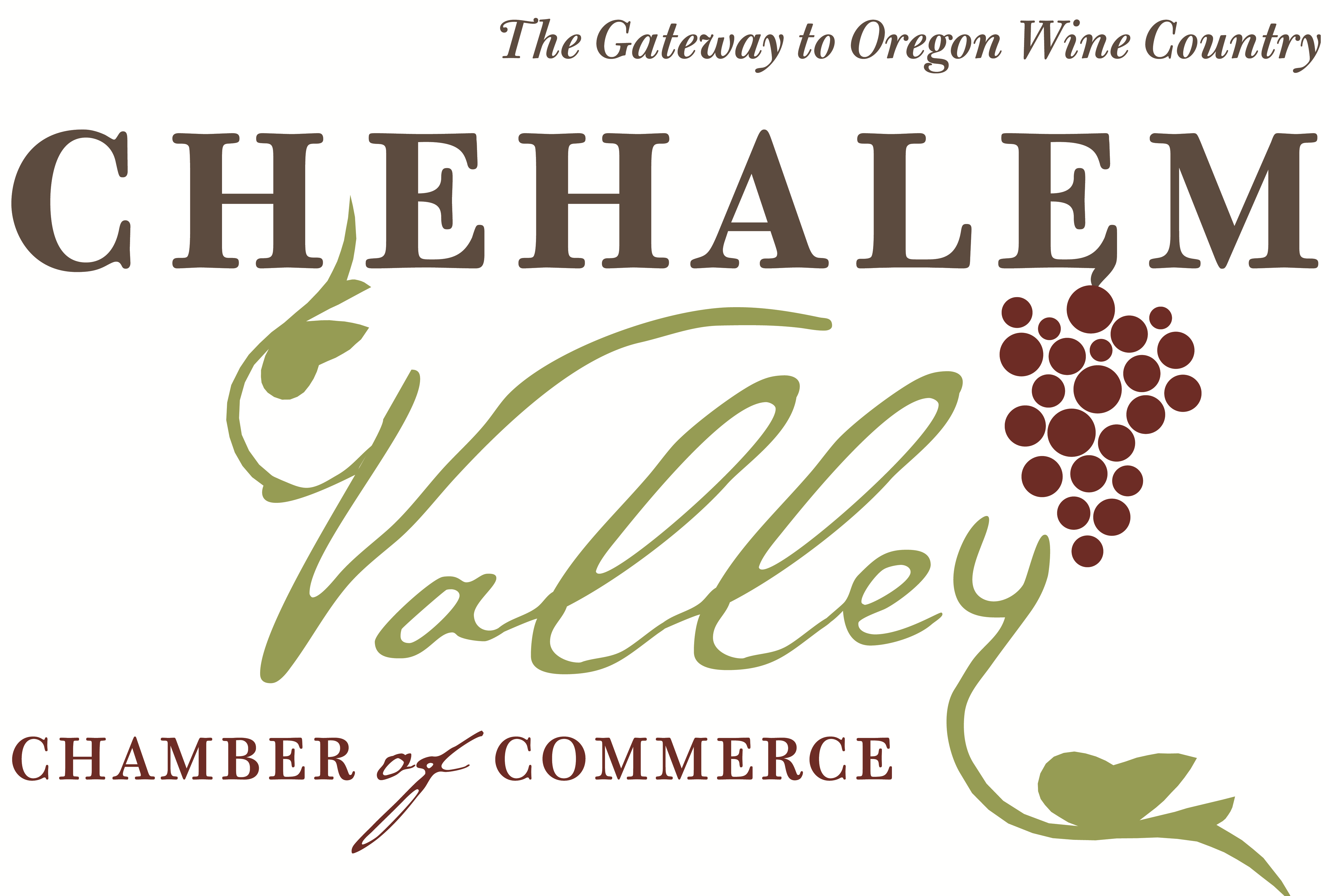Phone: 503-565-2100 ![]()

The Style Map
Submitted by Headwater Investment Consulting on July 20th, 2016
By Kevin Chambers
Equity (stock) mutual funds are classified most often using a tool called a style map. A style map shows the type of companies and the size of companies in which a mutual fund invests. This style map (shown above) is a tool that Headwater Investments uses to determine the composition and relative risk of equity mutual funds.
First, let’s look at the horizontal axis. This axis evaluates the types of companies in which a mutual fund invests. Stocks are classified into two general categories: Value and Growth. Value stocks are usually larger, more established companies that are trading at a stock price that appears to be lower than it should be based on the company’s financial status. They are usually considered less risky stocks. Growth stocks are companies that are poised for growth in the near future. These stocks tend to be newer companies or companies that are coming out with new innovative products. These stocks are considered to be riskier. The middle section of the horizontal axis is Blended or mutual funds that invest in a combination of both Value and Growth stocks.
Mutual funds are also categorized based on the size of the companies in their portfolio, as depicted by the vertical axis. These are determined by market capitalization. Market capitalization (often shortened to market cap) is calculated by taking the number of shares of stock multiplied by the current market price of one share. This is a measure of the investable size of a company. Large-cap stocks are companies with a market cap of more than $10 billion. Mid-cap stocks have a market cap of $2-$10 billion, and small-cap companies are smaller than $2 billion. There are also two rarely used designations of mega-cap (over $200 billion) and micro-cap (under $300 million). Market cap designations are fairly arbitrary and change over time. They are primarily determined by inclusion in market indexes such as the Dow Jones Industrial Average (large-cap). Generally, large-cap companies are considered less risky than small-cap companies. However the potential for growth, and thus price appreciation is greater for small-cap companies. Large-cap companies often give out bigger dividends, as small-cap companies regularly reinvest earnings into development and growth initiatives.
All equity mutual funds fall into one of the nine boxes above, based on their average holdings. The style map is a helpful tool when doing research on new mutual fund investments. Not all mutual fund names tell investors about the types of companies in which they invest. Thus, the style map can give a lot of information about the holdings of a mutual fund with a single glance.
Headwater Investments looks at style maps as part of our due diligence process for all of the equity mutual funds we monitor. First, we want to make sure that managers are investing as expected. Looking at the style map allows us to see if a portfolio manager has a consistent style, or if they move around the map year after year. If we see big shifts on the style map, we do deeper research to determine what is happening at the fund company. Secondly, it helps us realize the target composition of the equity portions of our portfolios. Overall, style maps are useful tools for analysis at both the fund- and portfolio-levels.

